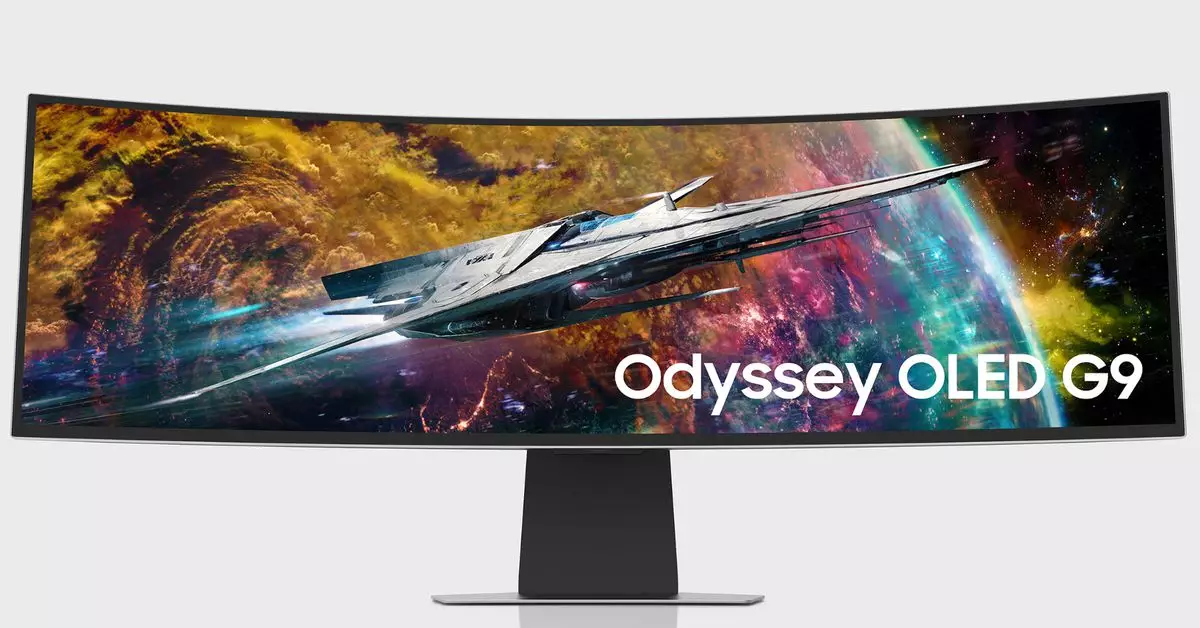In the fast-paced world of technology, the ever-shifting dynamics of deals and promotions can significantly impact consumer choices. As major brands race to capture market share, promotional strategies become central to their marketing narratives. A recent example of this is Samsung, whose recent promotional endeavors have garnered attention, not just for the products on offer, but for the broader implications they reveal about the tech industry’s current climate.
The evolution of Samsung’s promotional tactics seems to correlate with the company’s shifts in corporate structure. For instance, there is a humorous, albeit critical, discourse surrounding Samsung’s decision to adopt a six-day workweek for its executives—critics mockingly suggest that this has led the company to produce questionable design choices, such as mimicking competitor Apple. This represents a broader trend in corporate decision-making, where the influence of leadership plays a crucial role in the final product. Samsung’s decision to outprice some of its exclusive designs in favor of more mainstream offerings ignites discussions about authenticity versus market viability.
In a recent promotion, the tech giant is offering its noteworthy 49-inch Odyssey OLED G9 gaming monitor at a staggering discount. Priced at $1,099.99, the deal signifies a $700 markdown, but it gets better—customers also receive a complimentary 24-inch Odyssey G30D monitor. This dual-monitor setup not only enhances the consumer’s gaming experience but also raises questions: Is this enough to distract from the criticisms levied against the brand’s design choices? Such strategies spotlight how companies are often willing to adopt aggressive tactics to maintain consumer interest and loyalty, even if it means letting go of some distinctive features.
The Odyssey G95SC is not just another gaming monitor; it is representative of Samsung’s cutting-edge developments in display technology. Featuring a refresh rate of up to 240Hz and a rapid response time of 0.03ms, this monitor is designed for serious gamers who value performance as much as aesthetics. Moreover, the OLED technology integrated into the monitor promises deep blacks and vibrant contrasts, enhancing the gaming atmosphere significantly.
The aspect ratio of 32:9 and a whopping resolution of 5120 x 1440 sets it apart from regular gaming displays, promising to provide users with a visually immersive experience. Yet, while the impressive specifications may entice potential buyers, one must ponder whether these advancements justify the underlying practices that led to the design’s evolution. Are consumers attracted to the product itself, or are they merely responding to an aggressive marketing strategy?
Buying a high-end gaming monitor might not be the only compelling offer on the table. For instance, the recent deal on the PC version of God of War Ragnarök highlights how software can enhance hardware performance. Priced at $49.79, this title promises compatibility with high-end systems, allowing for unlocked frame rates and ultrawide support, echoing the advancements in display technology such as those found in the G95SC monitor. The interplay between hardware and software can foster a vibrant gaming community, inviting even more sales on equipment necessary for an optimal experience.
In parallel, accessory deals such as the Anker 6,600mAh Qi2 power bank and OnePlus Nord Buds 3 Pro offer consumers an affordable entry point for upgrading their tech arsenal. Both products, designed with the latest technologies, illustrate how companies are recognized not only for standalone devices but for their ecosystem of accessories that cater to the modern tech user. The dynamic nature of these promotions reinforces the narrative that consumers are often drawn to value and compatibility over brand loyalty alone.
As tech companies like Samsung continue to navigate uncharted waters in both design and promotion strategies, it becomes clear that the market’s competitive nature is constantly shaping consumer expectations and behaviors. Discounts and promotions serve not just as a financial incentive but as a gauge of brand evolution and adaptability. With the tech landscape becoming more interconnected, how brands respond to these challenges may define their future—both in consumer sentiment and market share. Thus, it raises the critical question: are current marketing strategies a well-crafted narrative, or merely a symptom of a broader struggle for relevancy in a continuously changing industry?


Leave a Reply